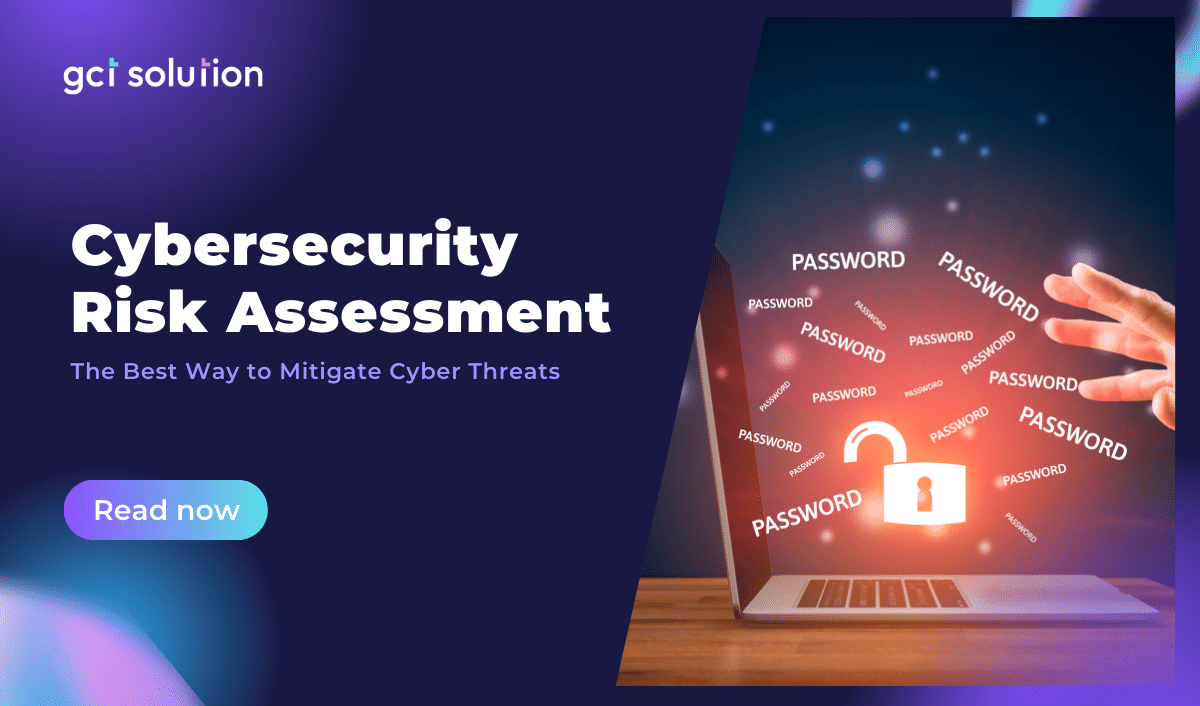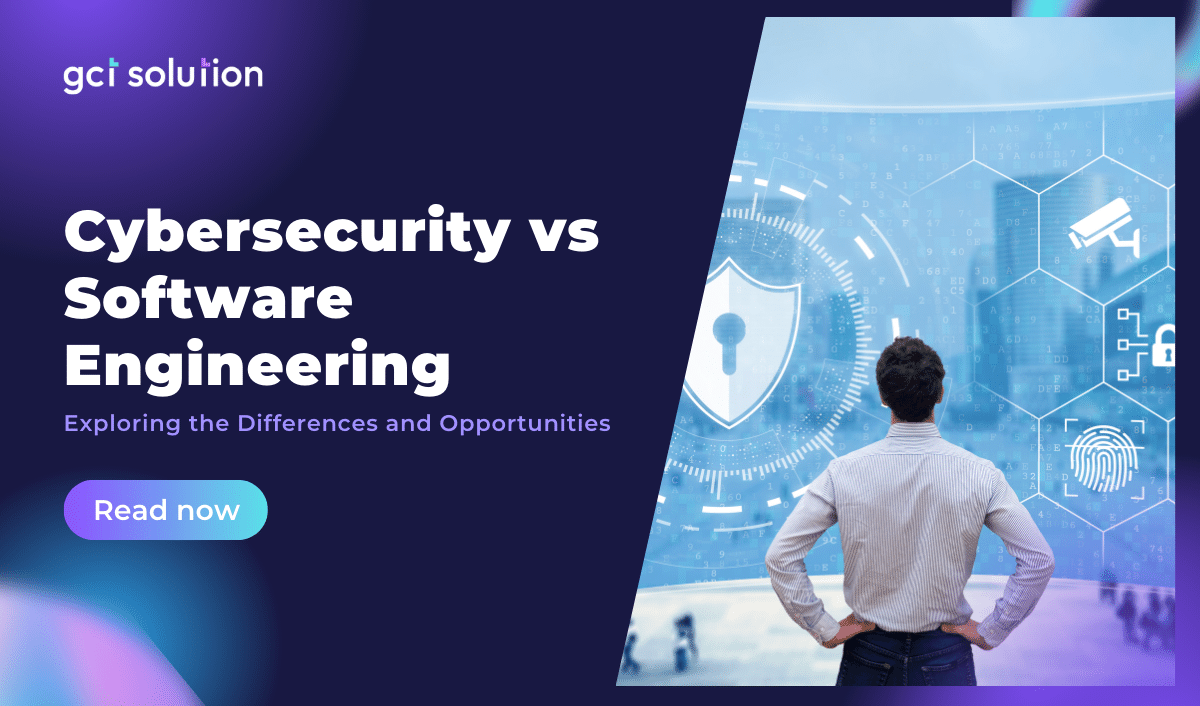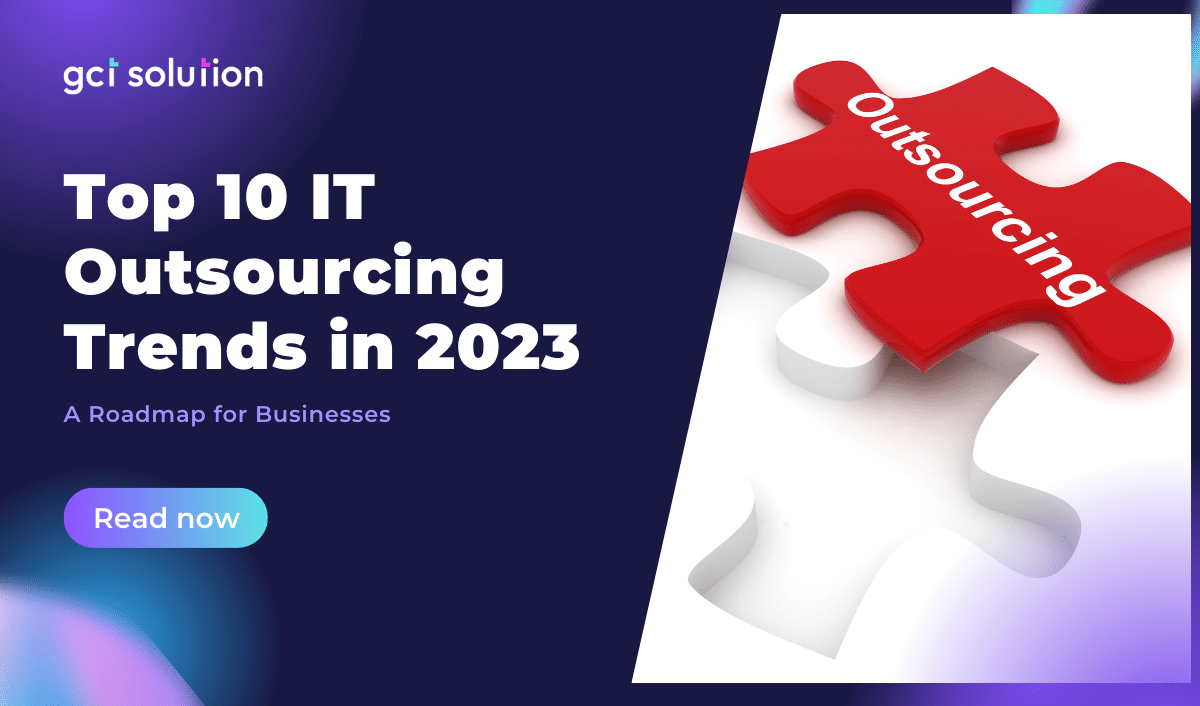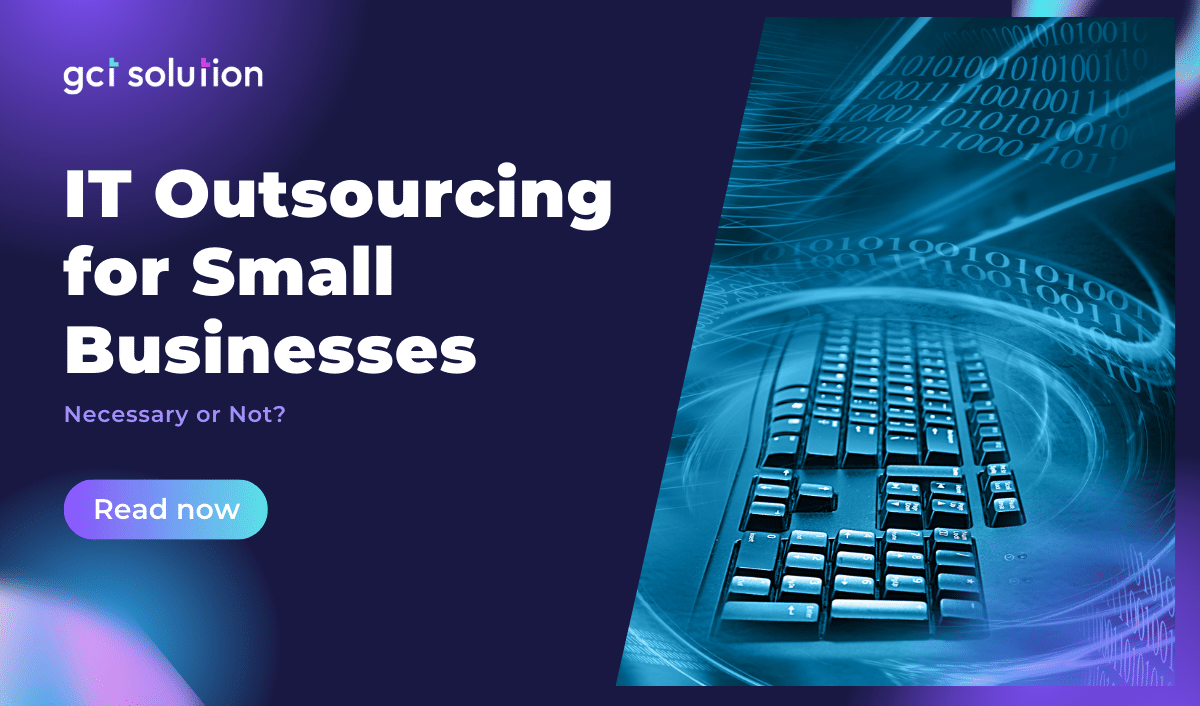Cybersecurity risk assessment is unquestionably the best way for firms to anticipate and mitigate cyber dangers, especially when the prevalence of cybercrime rises at an unparalleled rate. According to Cybersecurity Ventures, the yearly cost of cybercrime is expected to rise by 15% every year, reaching $10.5 trillion USD by 2025. The loss caused by cybercrime has shook many organizations, forcing them to take real steps to address these concerns. To resolve these challenges, cybersecurity risk assessment is a viable choice for businesses of all sizes; yet, not many businesses understand how to successfully assess cyber threats. This blog article aims to address these growing challenges by providing definitions, examples, steps, and methodologies for efficiently assessing cybersecurity risk.
How to Get Into Cybersecurity: A Comprehensive Guide
As cyber threats continue to evolve and pose significant risks, the need for skilled individuals to protect our digital infrastructure has become more critical than ever before. According to Cybersecurity Ventures, the global cybersecurity market is projected to reach a staggering $366.1 billion by 2028, highlighting the immense scale of this industry and the opportunities it holds. This comprehensive guide will serve as a roadmap for aspiring individuals, providing them with invaluable insights into the skills, qualifications, and steps necessary to embark on a rewarding career in cybersecurity.
Cybersecurity vs Software Engineering: Exploring the Differences and Opportunities
In a world where cyber threats loom large and the reliance on technology continues to deepen, the battle to secure our digital landscape has never been more crucial. According to the 2021 Cybersecurity Almanac by Cybersecurity Ventures, the annual cost of global cybercrime is projected to reach a staggering $10.5 trillion by 2025. This alarming figure serves as a resounding wake-up call, underscoring the criticality of cybersecurity in today's interconnected world. Indeed, cybersecurity and software engineering emerge as the formidable guardians of this frontier, but which path has a more promising future? Now, let us embark on a comprehensive exploration, delving into the realms of cybersecurity and software engineering. Let’s begin!
Cybersecurity vs Information Security: What Are The Key Differences?
The protection of sensitive information and the secure operation of computer systems has become more paramount than ever since the robust development of AI. The rise of cyber threats targeting individuals and organizations poses potentially devastating consequences. To counter these risks, the fields of cybersecurity and information security have emerged as essential guardians of our digital realm. This blog post aims to explore the definitions, distinctions, and future prospects of cybersecurity and information security, supported by accurate statistics. Additionally, we will delve into how GCT Solution can provide valuable assistance in terms of security.
10 IT Outsourcing Best Practices: Maximizing Success in Software Development
In a world where competition is fierce and innovation is paramount, businesses are constantly seeking avenues to gain a competitive edge, access specialized skills, and streamline costs. Did you know that according to a recent study conducted by Global Newswire, the global IT outsourcing market is projected to reach a staggering $725.6 billion by 2030? This is exactly why you should enter the realm of IT outsourcing—an increasingly popular strategy that holds immense potential. But how do you ensure success in this dynamic landscape? The answer lies in following the right set of best practices tailored to the characteristics of IT outsourcing. In this article, we embark on a journey to explore the key characteristics of IT outsourcing and unveil the 10 best practices that can propel your software development endeavors to new heights. But let's not stop there; we will give you examples to solidify the importance of these practices in optimizing outcomes and maximizing value.
How Much Does IT Outsourcing Cost in 2023: A Comprehensive Analysis
In today's technologically-driven world, businesses are increasingly turning to IT outsourcing to leverage specialized expertise, enhance operational efficiency, and drive innovation. However, one crucial aspect that businesses must consider when embarking on an outsourcing journey is the cost associated with IT outsourcing. In this article, we will explore the factors that determine the cost of IT outsourcing in 2023 and provide insights into the average pricing trends. Also, we aim to provide a comprehensive understanding of the cost landscape of IT outsourcing in the current business environment.
IT Outsourcing Pricing Models: A Comprehensive Guide
In the ever-evolving world of IT outsourcing, pricing models play a crucial role in determining the financial aspects of engagements between businesses and service providers. The right pricing model can ensure transparency, cost-effectiveness, and alignment with project requirements. In this article, we will explore the various IT outsourcing pricing models, their characteristics, and how they impact businesses and service providers. We will specifically delve into the pricing models employed by GCT Solution and provide insights to help businesses identify the most suitable pricing model for their unique needs.
Top 10 IT Outsourcing Trends in 2023: A Roadmap for Businesses
In the ever-evolving landscape of technology and business, IT outsourcing has become an integral strategy for organizations seeking cost-efficiency, specialized expertise, and enhanced agility. As we delve into 2023, it is essential for businesses to stay abreast of the latest trends in IT outsourcing to leverage its potential for growth and competitive advantage. In this article, we will uncover the top 10 IT outsourcing trends that businesses should keep a keen eye on in 2023. Each trend is promised to provide valuable insights for organizations seeking to optimize their IT outsourcing strategies. Additionally, we will explore where to find reliable IT outsourcing services and highlight the key reasons why GCT Solution emerges as a prominent choice in the market.
It Outsourcing Advantages and Disadvantages – An Ultimate Guideline
In today's fiercely competitive business landscape, companies are constantly in search of strategies to streamline operations, cut costs, and gain an edge over their rivals. One approach that has gained significant traction is IT outsourcing. According to a study conducted by Statista, companies in the United States saved approximately $85 billion in 2020 by leveraging IT outsourcing services. By entrusting certain IT functions to external service providers, organizations can focus on their core competencies while reaping the benefits of specialized expertise and cost efficiencies. However, as with any business strategy, IT outsourcing has its own set of advantages and disadvantages. In this article, we will delve into the reasons behind IT outsourcing, explore how it works, and examine the pros and cons associated with this practice.
IT Outsourcing for Small Businesses: Necessary or Not?
In the digital age, information technology (IT) is the backbone of any business. For small businesses, in particular, it plays a crucial role in their day-to-day operations, from managing customer information to processing sales transactions. However, not every small business has the necessary resources, expertise, or budget to manage its IT infrastructure. In this scenario, IT outsourcing for small businesses becomes a viable option. In this blog post, we will explore what IT outsourcing for small businesses is, the pros and cons of outsourcing IT, and whether it is necessary for small businesses to outsource IT. We will also introduce GCT Solution’s IT outsourcing services as a potential solution for small businesses.










